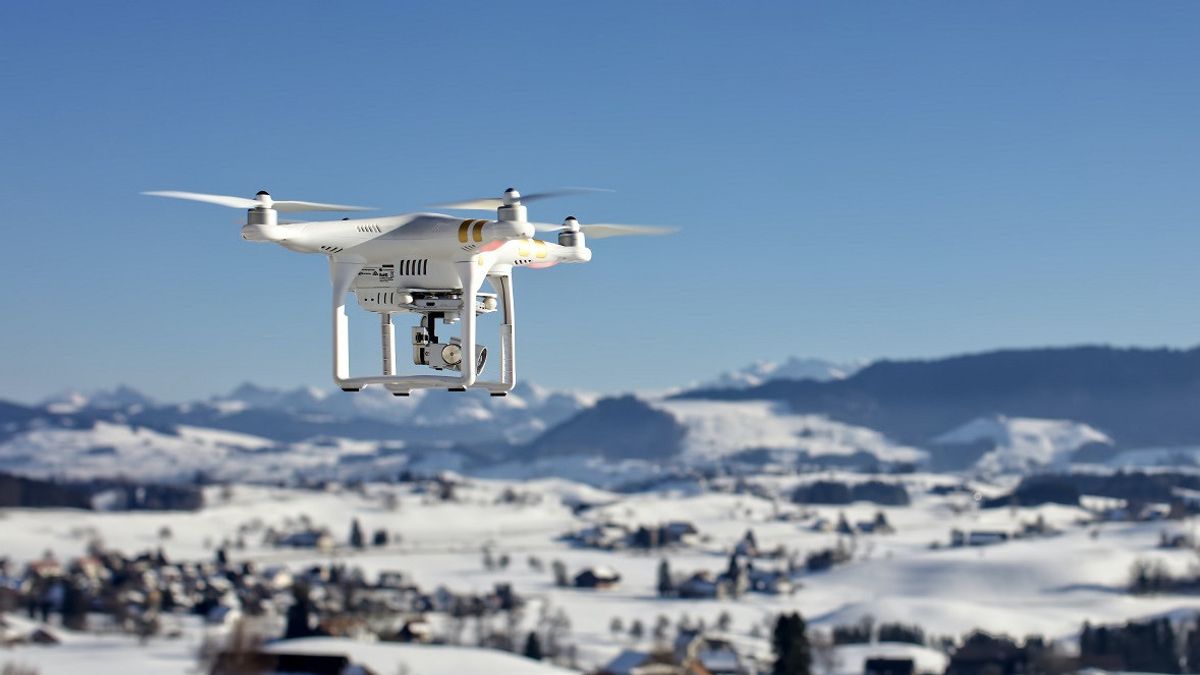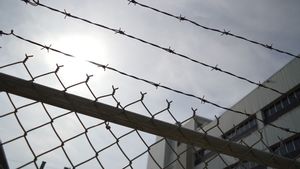JAKARTA - Since its inception, the use of drones has grown rapidly for a variety of needs in recent years. The technology is used for surveillance purposes by military and police forces, filmmaking and photography, wildlife conservation and more.
Drones have also proven their recent benefits during the coronavirus pandemic as a tool for delivering essential items, such as food and recipes, to those who isolate themselves.
But as with all technologies, constantly innovating will be the key to its continued relevance. For researchers in Australia, this means a return to the original blueprint of one of the world's oldest natural glyphs to allow them to advance the design of the future drone, dragonflies.
Yes, a group of Ph.D. students at the University of South Australia (UniSA) have inspired a 300 million-year-old miracle.

By learning dragonfly skills, especially in terms of drifting, cruising and aerobatics. Researchers believe that dragonflies could offer invaluable engineering insights into the design of drones with flapping wings in the future.
"Dragonflies are very efficient in all areas of aviation. They have to be," Javaan Chal, professor of sensor systems at UniSA who led the team, told Euronews.
"After emerging from underwater until his death (up to six months), the male dragonfly engages in constant dangerous battles against male rivals," he said.
"Mating requires the pursuit of females from the air and they constantly avoid predators. Their flying ability has evolved over millions of years to ensure they survive," he said.
Difficulty catching dragonflies, forcing them to find more creative ways to be able to study the unique body of the insect. One of them is by developing optical techniques to photograph the wing geometry of 75 different species of dragonflies from the museum's collection.

In the world's first experiment, they then reconstructed 3D images of wings, comparing differences between species.
"Dragonfly wings are long, light and rigid with a high lift-to-drag ratio that gives them superior aerodynamic performance," Chal said.
Compared to today's often impractical and impractical drone designs, the team believes dragonflies-inspired drones can mimic similar aerodynamics to reduce drag and increase load capacity.
"They (dragonflies) can turn fast at high speed and take off while carrying more than three times their own weight," Chal said.
"They are also one of nature's most effective predators, targeting, chasing and capturing their prey with a 95 percent success rate," he said.
So, what are the implications of the study outlined in the journal 'Drones' for the design of future drones?
According to the UniSA team, drones inspired by dragonflies can be very adept at collecting and delivering payloads, exploring fragile natural environments, and carrying out long surveillance missions. In addition, they will be safer when operating near people.
The English, Chinese, Japanese, Arabic, and French versions are automatically generated by the AI. So there may still be inaccuracies in translating, please always see Indonesian as our main language. (system supported by DigitalSiber.id)













